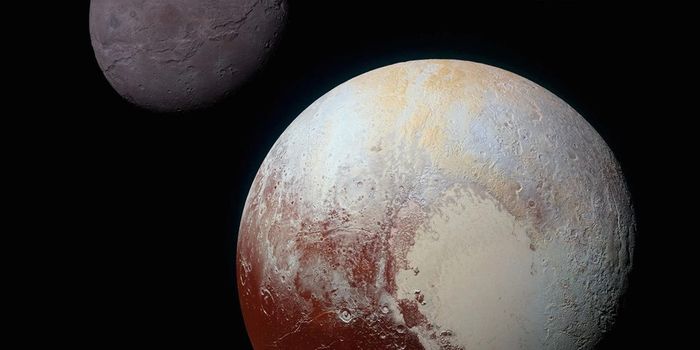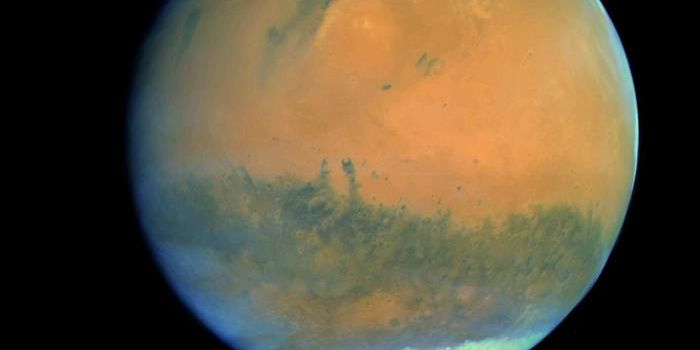Why SpaceX's Demo-2 Launch This Past Weekend Was So Significant
If you somehow managed to miss the exciting news this past weekend, NASA and SpaceX set an important precedent in American spaceflight history after astronauts Bob Behnken and Doug Hurley blasted off on the much-anticipated Demo-2 mission from Kennedy Space Center’s Launch Complex 39A in Cape Canaveral, Florida.
This launch was particularly significant because it was the first time American astronauts launched from U.S. soil since the Space Shuttle era nearly a decade ago, and it was also the first time that a commercial space vehicle ferried NASA astronauts to the International Space Station. Before this weekend, NASA depended heavily on Russia and its Soyuz platform to make this happen, but this successful launch demonstration could make SpaceX into one of NASA’s preferred space launch contractors going forward.
But why is this such a big deal in the first place? After all, can’t we just continue to work with Russia to send astronauts to space? Yes, and no; it comes down to price. When NASA initially had the capability to send astronauts into space themselves, the price tag was around $20-30 million per seat. That amount has steadily increased to more than $80 million per seat today, whereas SpaceX will only charge $55 million per seat initially with an expected decay to around $10-20 million per seat in the future.
Digressing aside, SpaceX’s Demo-2 launch transpired just after 3 P.M. Eastern Time on Saturday as a result of unfavorable weather condition delays the Wednesday prior, and it was followed by a successful International Space Station docking the following Sunday morning. It wasn’t long after the Behnken and Hurley joined the existing crew members in space.
It’s worth noting that this wasn’t SpaceX’s first time flying to the International Space Station – it was merely the first time that one of the commercial space company’s capsules had living human beings inside. SpaceX has flown literally dozens of cargo missions to the International Space Station previously, and so some might say that the company has had quite a bit of practice with docking its Dragon spacecraft to the station.
It will indeed be interesting to see how spaceflight transforms going forward as a result of this success, as we still have yet to see Boeing’s crewed demonstration mission. As it would seem, the private sector offers a lot of benefits over first-party development, as it appears to be capable of making bigger things happen for less money.








